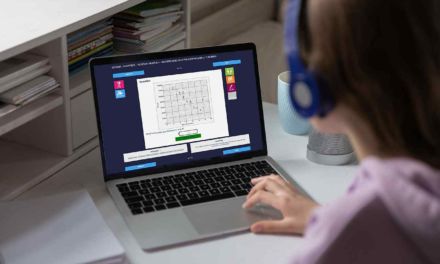Many teachers are guilty of ending lessons in a way that is less than inspiring (when not being observed!) – either still finishing the main content or by focusing on the detail of homework. But many personal experiences, alongside research, have shown that the end of a lesson can be as important as an appropriate starter or main activity. The right ending to the lesson can provide consolidation and an opportunity to provide an ending worthy of a lesson worth remembering.
Effective lesson endings tend to focus on review activities, as a way of both checking knowledge and consolidating key concepts. Here are 5 strategies for keeping lesson endings fun and engaging:
1. Quiz the teacher
This can be used in a variety of ways but as an exit strategy (given that time constraints of subsequent lessons or bus departures may mean a timely exit is required) this can be done as a paired activity producing one lesson relevant question per pair displayed on a whiteboard. With the teacher ranking the questions to provide an answer/order of exit.
The ranking can be applied in a discretionary way to take into account any variance in ability level. This type of ending allows for both competition and collaboration, whilst allowing you to assess the depth of understanding.
2. Confidence indicators
This is an easy way to gauge progress and can easily be used in conjunction with a lesson review which revisits objectives or proposed outcomes. Whilst the smiley face range are more fun with younger students (or the more artistic), a numerical score or a straightforward thumbs up, middle or down can be engaging with the older ones.
Making it fun is in the delivery and this can be judged by the individual as it can be equally effective whether written in books, displayed through gestures, traffic light cards, different room position or on whiteboards.
3. Tweet summary
Getting students to be concise in an effective and efficient way has always been as issue with either a more is best or “you know what I meant” approach from students.
Using the tweet format of a 140 character summary allows for an adequate summary in the former type of student and the provision of key words which should be used should focus the latter type. Using something which is linked to social media always seems to bolster the engagement factor too.
4. Quiz
Whether an individual or group quiz, with pen and paper, mini-whiteboards or verbal answers they are mainly well received and allow for a more relaxed form of engagement which students enjoy.
On the content side, make sure there is a range of relevant questions designed to apply new knowledge as well as demonstrate recall. In its application… well granny can already suck eggs!
5. Outcome review
Otherwise known as show off your learning! Make time at the end of the lesson to show levelled outcomes for students to consider and make judgements of their own learning.
How this is monitored or delivered can vary from a sentence stating the level reached with an explanation to whiteboards to exit cards or verbal statements.









